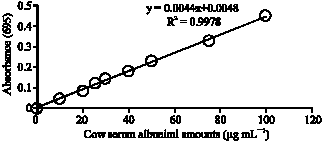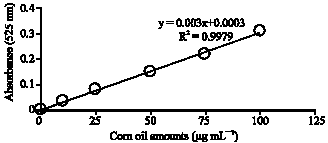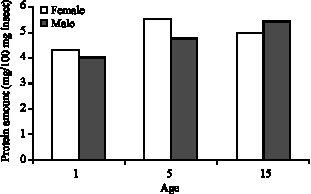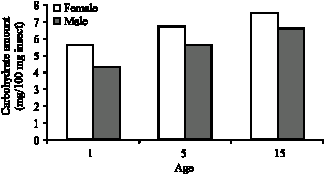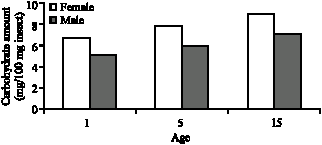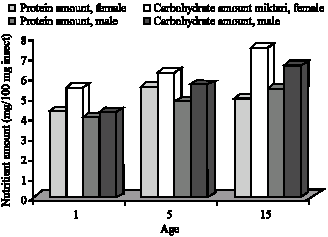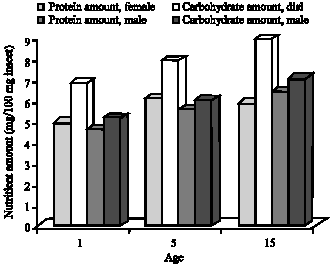Research Article
Age and Sex Related Variations in Protein and Carbohydrate Levels of Galleria mellonella (Linnaeus, 1758) (Lepidoptera: Pyralidae) in Constant Lightness and Darkness
Egitim FakUltesi, Sinop Uni2versi2tesi2, 57000 Korucuk/Sinop, TUrkiye
Adem GUlel
Fen Edebiyat FakUltesi, Ondokuz Mayi2s Uni2versi2tesi2, Kurupelit/Samsun, TUrkiye









